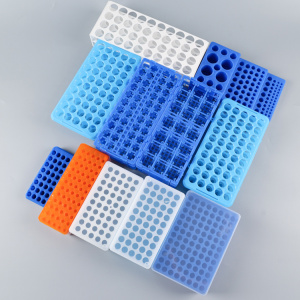Study of ELISA plate and Microplate reader for plant enzyme activity analysis
ELISA plates can be divided into ELISA 96 Well Plate, ELISA 48 Well Plate, etc. according to the number of wells. Since the ELISA Microplate is mainly used with the microplate reader, the current microplate reader on the market has up to 96 wells, so the ELISA Plates are the most commonly used. are also 96 wells. In mammalian cell-based research, microplate readers are mainly used for routine molecular detection (such as nucleic acid, protein concentration and enzyme activity analysis, etc.); signal transduction research (such as the detection of some cell signaling events such as ROS, modification); overall Cell-level analysis (such as cell viability, apoptosis and killing, etc.). However, in the field of plants, the application of microplate readers is biased towards the first two directions. In addition, the application of microplate readers in the field of plants is not as common as that of animals, but this does not limit the application prospects of microplate readers in this field. Combined with common application cases, this paper analyzes the application of microplate readers in the field of plants and enhances their application value.

Usually, enzyme activity detection is based on kinetic detection mode and requires temperature control. Most microplate readers can complete enzyme activity detection. In addition, the equipped professional analysis software supports the workflow, which can perform complex enzyme activity setting and detection, and at the same time, various analysis of kinetics, such as slope, high speed, area under the curve, etc., can be easily analyzed in batches with the software.
——



